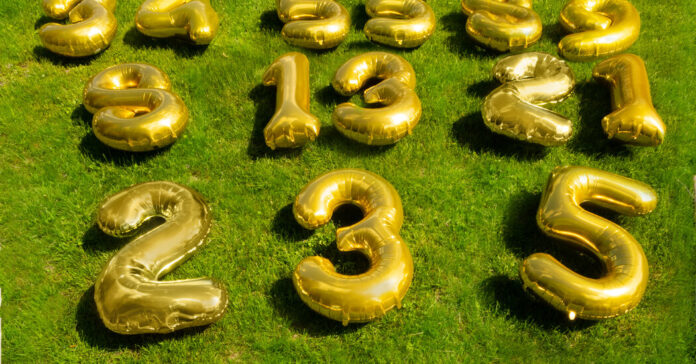Okay folks, hold onto your calculators, because we’re about to dive into some serious number sequences. The Online Encyclopedia of Integer Sequences, or OEIS for short (because let’s be real, who has time to say all that), is a database of over 362,000 number sequences that are carefully defined by a rule or property. It’s the ultimate nerd haven, complete with all your favorite sequences, like the prime numbers (2, 3, 5, 7…you get the picture) and the Fibonacci numbers (hello, 0, 1, 1, 2…).
This year marks the 50th anniversary of the OEIS, which has been called everything from “the master index to mathematics” to “a mathematical equivalent to the FBI’s fingerprint files.” That’s right, people. We’re talking serious indexes and files up in here. It all started back in 1973 with a measly 2,372 entries in a book called “A Handbook of Integer Sequences.” But fast forward to 1995 and boom, it’s suddenly an “encyclopedia” with over 5,000 sequences and a new author named Simon Plouffe (because one author just wasn’t enough). By 1996, they’d gone digital and the collection had doubled in size. In other words, these math enthusiasts are not messing around.
According to OEIS founder Neil Sloane, every sequence is a puzzle. And while that may sound like an intimidating statement to those of us who struggle with math (raises hand), it’s actually all part of the grand mission to organize ALL mathematical knowledge. So, no big deal, right? Just trying to organize a little thing called ALL the mathematical knowledge. Easy peasy lemon squeezy.
The OEIS goes way beyond equations and formulas. We’re talking quantum physics, genetics, communications, astronomy, and basically anything else that involves numbers. And while some of these sequences can be downright perplexing, they can also lead to some pretty cool discoveries. Mathematician Lara Pudwell discovered this firsthand when she entered a numerical pattern she’d been researching and ended up with a sequence related to the periodic table of elements (2, 4, 12, 20…). After consulting with chemists, she was amazed to find some seriously interesting chemical structures that could explain the connection. Who says math and chemistry don’t mix?
Serious News: nytimes

